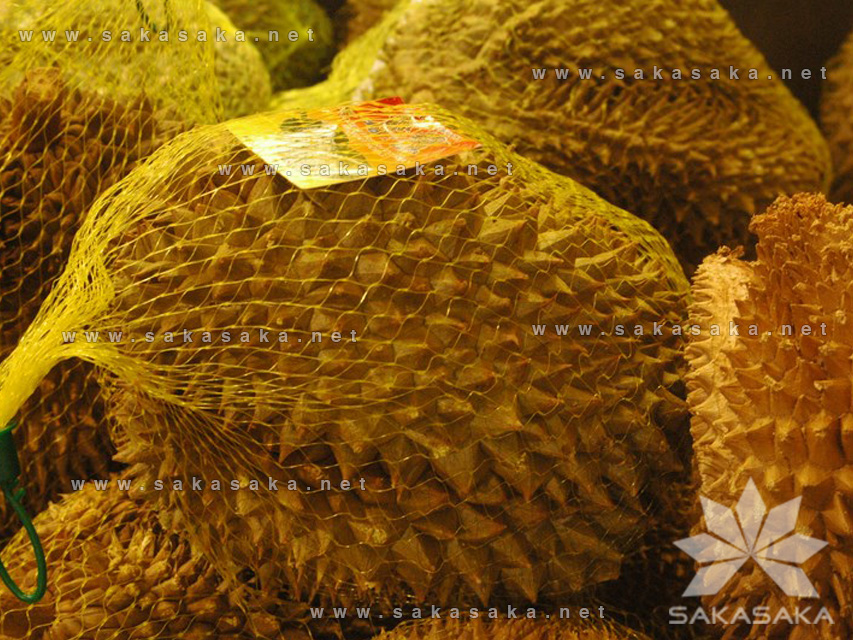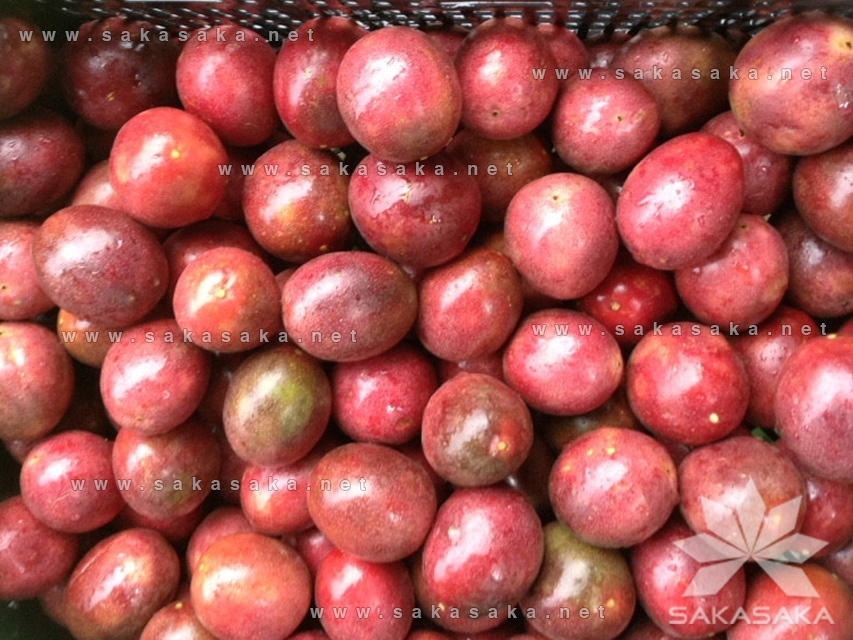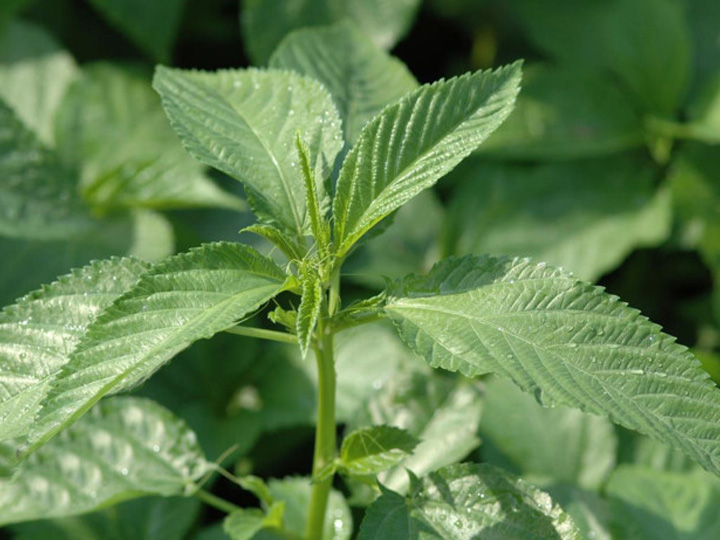Saka saka (other names: Saca-Saca, Sakasaka, Mpondou, Mpondu, or Pondu) is a Congolese dish produced using cassava leaves. Focal Africapeople appear to be remarkable in their utilization of cassava leaves, which are cooked as greens.
Somewhere else on the planet, the cassava (or manioc, yuca, or yucca) plant is developed just for its tubers. Cassava leaves are discovered just in the tropics, they are planted popular in Vietnam. On the off chance that you can pick your own new cassava leaves, select the littler, more up to date leaves; the bigger, more seasoned ones are extreme. In the event that cassava leaves are not accessible, substitute collards, kale, turnip greens, or comparative.

Frozen cassava leaves from Saka Saka Co Ltd – Vietnam
Ingredients for Saka Saka
- Defrost frozen cassava leaves and get lot of cassava leaves.
- a couple of spoonfuls of palm oil, or any oil
- 1 onion, slashed
- 1 clove garlic, minced
- sweet green pepper and additionally sweet red pepper, slashed (discretionary)
- eggplant (peeled, cubed, flushed, and salted) or okra, slashed (discretionary)
- salt, or heating pop, to taste
- one bit of dried, salted, or smoked fish; or one jar of pilchards; or one jar of sardines
You can find following Frozen cassava leaves in supermarket:

Frozen cassava leaves Ball

Frozen cassava leaves Block
Saka Saka Recipe
Completely smash, pound, or granulate the greens in a mortar and pestle or with whatever you can ad lib.
Heat an expansive pot of water to the point of boiling; include greens and cook for thirty minutes or more.
Add all the rest of the fixings to the greens and heat to the point of boiling, at that point decrease warmth and stew. Try not to blend. Stew until the point that the water is generally gone and the greens are cooked to a mash.
Fill in as an agree with a chicken, meat, or fish primary course, with Baton de Manioc, or Fufu. Numerous Central African cooks utilize heating pop, or a bit of harsh potash, to give a salty flavor to soups and sauces. This imitates the kind of conventional salts which are acquired by consuming the barks or leaves of specific plants. This was vital on the grounds that there is no other wellspring of salt in a lot of Central Africa.








